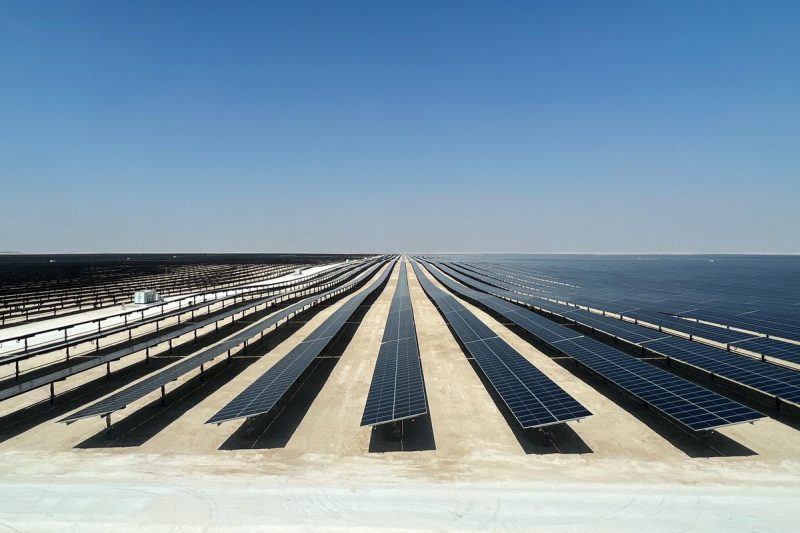India is working on a policy to classify economic activities and technologies into sustainable and non-sustainable categories to help investors looking for green projects.
Under the proposal, similar to the Green Taxonomy pioneered by the European Union (EU), the government will certify sustainable activities, three government officials told Reuters.
The Indian government hopes it will attract more funds and give investors an extra layer of comfort.
Also on AF: Rising Uptake of EVs Spurs Rethink of India’s Fuel Demand
The renewable energy ministry and the finance ministry are working on the draft policy. Neither ministry responded to queries from Reuters.
The officials said the draft framework is the first step in a long process of identifying sustainable projects and phasing out others.
The European Union and South Africa have created taxonomies that help make green activities visible and unlock large-scale capital, some supporters of the policy say.
Critics, however, say it is “greenwashing” – concealing environmentally unfriendly activity with buzzwords and public relations.
The EU also places green investment disclosure obligations on financial companies, pension funds, companies and financial market participants.
India does not plan to make such disclosures compulsory for companies yet. But will deem it a best practice, one of the officials said.
The world’s third largest carbon polluter, India, projects $10 trillion to $15 trillion in investment is needed to achieve net-zero carbon emissions by 2070. Those goals align with its Nationally Determined Contribution (NDC) commitments to the United Nations.
India will need $3 trillion in investment to hit that number, another officials said. It is taking steps that include incentives for manufacturing hydrogen fuel, electric cars and solar panels.
International bond markets are likely to contribute a small portion of the financing. The rest will be funded through global fund managers investing locally, the second official said.
Last week, India sold its first sovereign green bonds worth a total of 80 billion rupees, at yields below comparable government bonds.
- Reuters, with additional editing by Vishakha Saxena
Also read:
Industries Switch to Biomass After New Delhi Bans Coal
EVs at the Centre of India’s Car Show in Clean Mobility Push
India Burns Even More Coal Despite Climate Pledge Pressures
India Calls on Rich Nations to Deliver $100bn Climate Fund
























